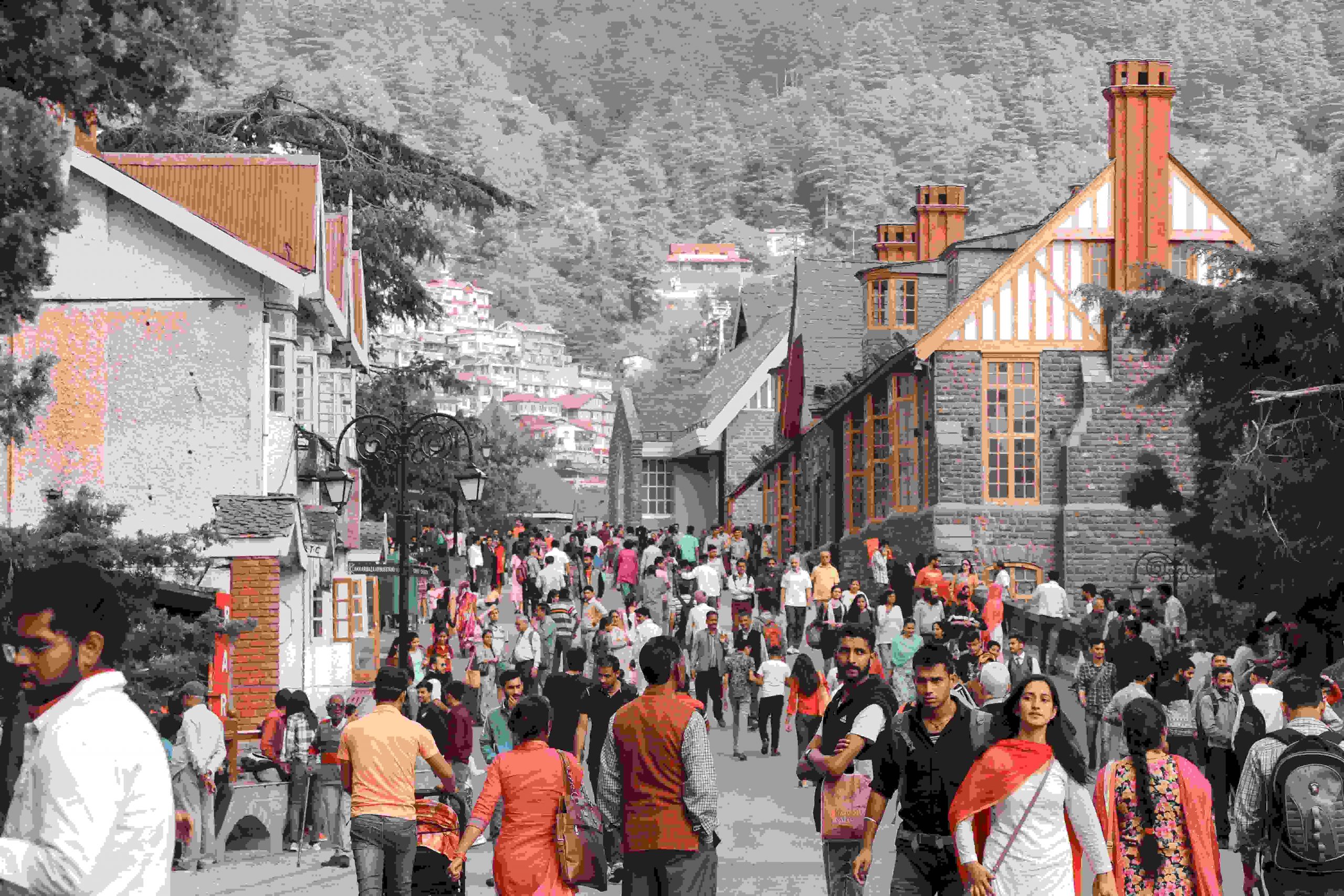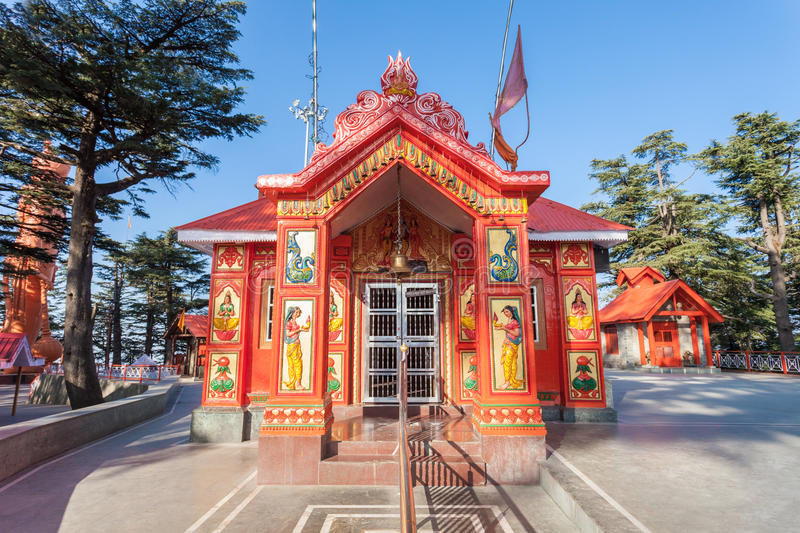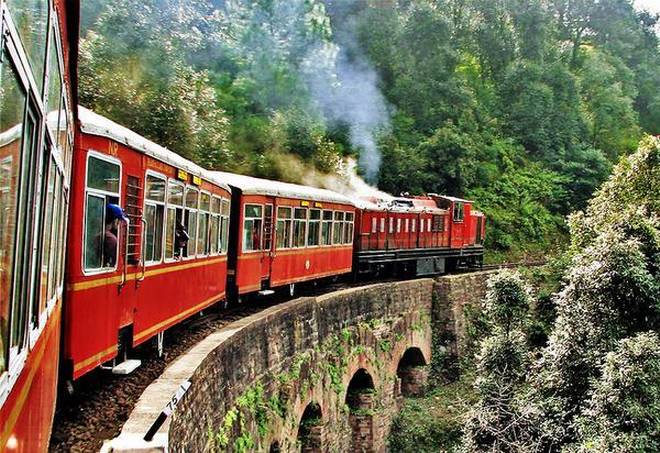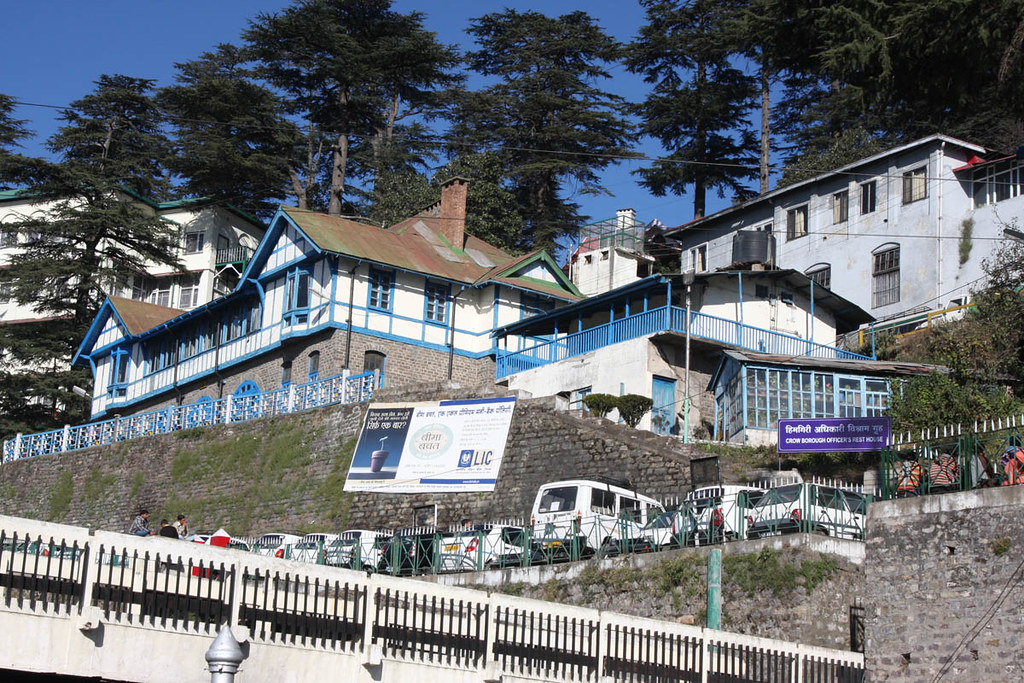Shimla city gets its name from Shyamala Mata, a fearless incarnation of the goddess Kali. The temple of the goddess is situated on Bantony Hill, near The Ridge, named Kali Bari temple. According to another version Shimla gets its name from the word ‘Shyamalaya’ meaning blue slate by faqir on Jakhu. But generally, the society finds the first version more believable, acceptable and reasonable.
Recently the state government decided to change the city’s name from Shimla to Shyamala, but fierce opposition from the populace resulted in the government beating a hasty retreat.
The ever acquisitive British East India Company took control of the territory after the Anglo-Nepalese War (1814–16) and Gurkha leaders were subjugated by the storming of the fort of Malaun, under the command of David Ochterlony in May 1815. This colourful character was steeped in the Indo-Mughal culture, embracing with gusto Persian marital practices, taking 13 wives/concubines, whom he regularly displayed at elaborate parades.





